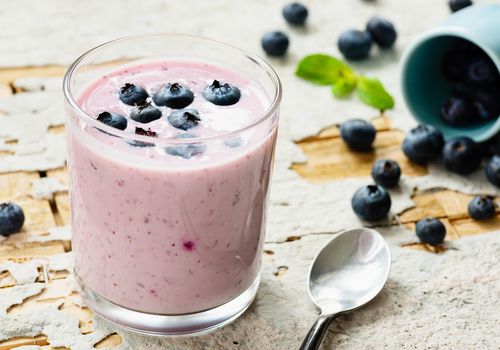It is difficult to identify the disadvantages of smoothies. These blended drinks are not only simple to create but also portable, making them ideal for on-the-go meals and snacks. Plus, they are a great way to meet your daily fruit and vegetable requirements.

Though you may believe that creating a smoothie is as easy as pressing a button on your Nutribullet or Vitamix — and in many cases, it is – just putting ingredients into the blender does not ensure an appetizing result. There is, contrary to popular belief, both an art and a science to producing a superb smoothie.
Smoothie Primers
Smoothies are really a catch-all for a vast assortment of ingredients and tastes. However, anybody who has made a fruit and spinach smoothie that turned an unappetizing brown color is witness to the fact that certain combinations just do not work.
To guarantee that your smoothie is tasty, nutritious, and visually appealing, you’ll need to start with a few basic ingredients: a liquid, a protein source, fruits and/or vegetables, and healthy fats.
As you create the ideal smoothie, keep your own health objectives in mind. If you’re concerned about the quantity of sugar in your smoothie, attempt to strike a balance between fruits and veggies. If weight management is a problem, take Protetox and watch your quantities of high-calorie items such as nut butter and whole milk dairy. And for general health, it’s preferable to limit added-sugar foods; thus, avoid using chocolate chips and caramel sauce on a daily basis.
The choice then becomes whether to ice or not to freeze. The usual guideline for a refreshingly frosty smoothie is a ratio of around half cold or frozen components to half non-frozen ones. When you don’t have any frozen fruit on hand, use ice cubes. (With frozen fruit, ice is not required unless you like a slushy-like beverage.) Remember that you should consume a smoothie with ice immediately to avoid it from getting overly watery.
Liquid
A liquid is the fundamental component of the optimum smoothie consistency. Too little, and you won’t be able to drink it via a straw. For a single smoothie serving, you should generally not exceed 1 cup of liquid. If you are unclear about how a liquid will thin down your specific component mixture, pour it in gradually, keeping in mind that you may always add more.
The water content of fruits and vegetables is an additional aspect in achieving the ideal liquid balance. For smoothies made with high-water-content fruits such as watermelon, strawberries, or pineapple, or with vegetables such as cucumber, you may not need any liquid at all.
Protein Source
Smoothies may be readily fortified with protein. While certain proteins, such as chicken, are plainly unsuitable for smoothies, many others have the proper consistency for mixing.
The quantity of protein you add to your smoothie is entirely up to you, but keep serving sizes in mind while you do so. A portion of yogurt may be up to 1 cup. However, a serving of protein powder is often just 1 tablespoon. Check food labels to establish suitable serving sizes, and consider how the protein in your smoothie will interact with the liquid. (Nuts, for instance, may absorb liquid, while yogurt may thin your smoothie.)
Fruits and Veggies
Fruits and vegetables, from apples to zucchini, provide vitamins, minerals, and fiber to your blended pleasure. Whenever feasible, it is better to add frozen fruit. They will thicken and cool your concoction for that familiarly pleasant ahh. Meanwhile, their sweetness helps mask vegetables’ more harsh flavors and smells. Additionally, frozen fruit is often cheaper than fresh fruit and may be stored for longer durations.
Again, remember to consider the water content of all frozen fruits. When utilizing high-water-content fruits such as berries or melons, start with less liquid.
Vegetables may affect smoothies’ color and texture, necessitating extra planning when adding them. If you don’t mind a little pulp in your smoothie, you may add crisp vegetables such as bell peppers or celery to your protein, fat, and liquid in a high-powered blender. Otherwise, stick to tenderer options such as spinach or cucumber.
Obtaining a beautiful hue with vegetables may also require experimenting. Blended beets, for instance, provide a beautiful pink, but spinach and kale might clash with berries to produce an unattractive mud hue.
Personalize Smoothie Packs
Smoothies are handy, but premade smoothie packs may further simplify hectic mornings or afternoons. Why not put together your own? In plastic or silicone bags with zip-top closures, insert the necessary number of frozen fruits, protein sources, and healthy fat. Place the bags flat in the freezer for storage convenience. Include a date on the labels!